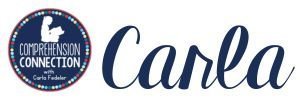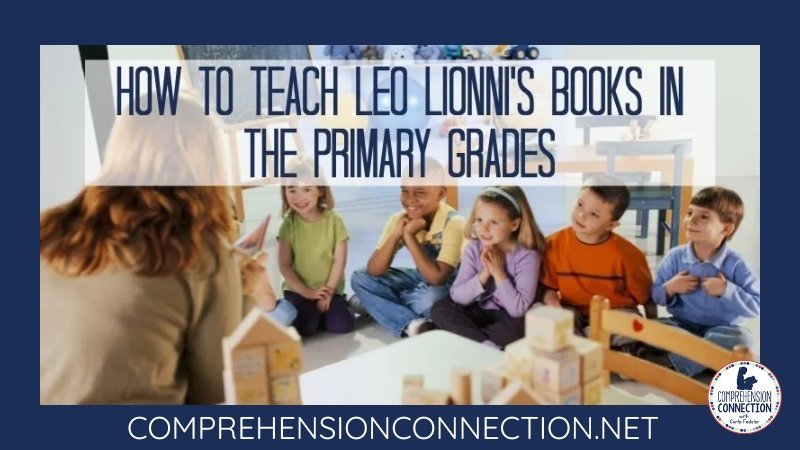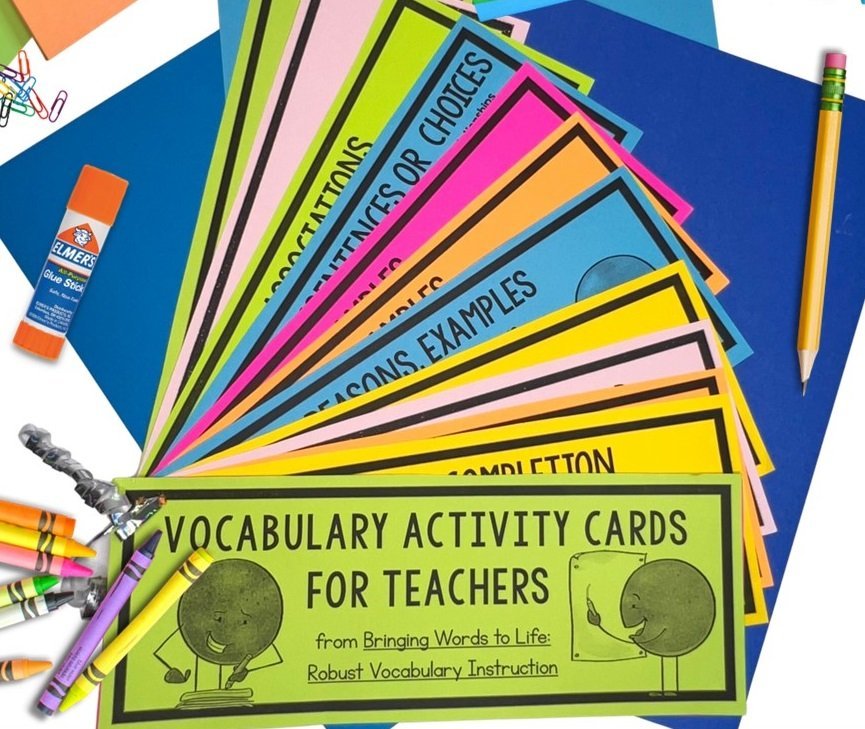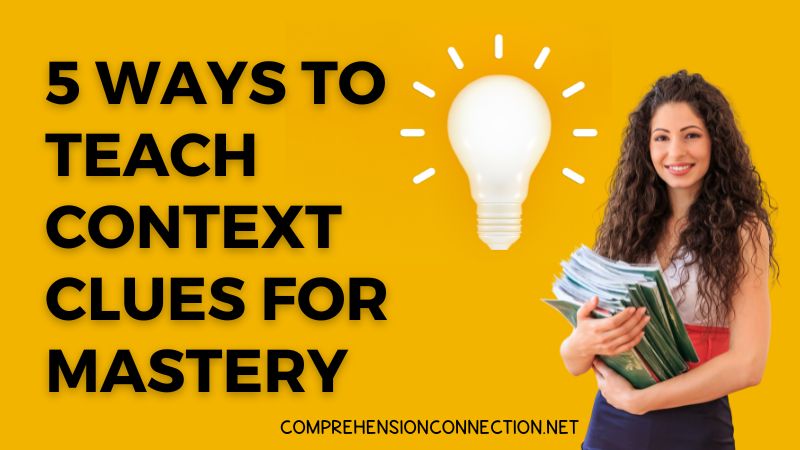
One of the best way to teach narrative elements is with your favorite books. My favorite choice for this skill is the title, Thank You Mr. Falker. I love using it for narrative elements and theme. This book gives me “all the feels” every single time I read it. I get to the end, and I grab the tissues. I just can’t read it without them! In this post, I’ll share activities you might use with this wonderful text.
Book Introduction:
For those who haven’t read this book, it is about how Patricia struggled with reading and how she was diagnosed with dyslexia. It wasn’t until she was age twelve that she learned to read, and this book chronicles her struggles. She hid behind her drawing talents and put up with bullying until her teacher, Mr. Falker, discovered her struggles. In fact, I think Mr. Falker provides a teaching model for all of us. He paid attention to her strengths and searched to discover her challenges. Don’t we do that every day? This is the purpose of every guided reading lesson. Be a kid watcher!
Introducing Narrative Elements

When I am introducing narrative elements, I like to compare and contrast fiction and nonfiction. Using a t-chart and having students sort text features according to the text category is a great way to help students discover what to focus on as they read.
With this sorting activity, you’ll project the fiction/nonfiction t-chart on your Smartboard and print the descriptions on sticky notes. Students can sort individually, with a partner, or whole group. Then, you can focus on whether Thank You Mr. Falker or the mentor text you choose to use is fiction or nonfiction and why.
Sharing Thank You Mr. Falker:
The next step in the lesson is to read the story in sections and work on identifying and describing the narrative elements through discussion. I use the paper bag book I developed with my students as we discussed. You can see how the activities are set up in the photos I took of my student’s book.
This resource worked well with this book, but it can be used with ANY book. If you’d like to move it into a literacy workstation for students to complete as a review, it would work very well there too. You can learn more by clicking the image to the right.
Mentor Text Suggestions for Narrative Elements:
Many titles work well for teaching narrative elements. When picking the title you’ll use, you might consider whether the author has other related books and whether there is an engaging plot. Here are some choices I’ve enjoyed:
- My Rotten Redheaded Older Brother
- Jamie O’Rourke and the Big Potato
- Strega Nona
- The Snowy Day
- Owl Moon
- Enemy Pie
- Thunder Cake
- and Amazing Grace
Teaching Narrative Elements

Subscriber Download
If you are interested in the comparing fiction and nonfiction sorting activity, please subscribe below. I will be uploading this resource to my VIP library for previous subscribers. ? I hope you’ll enjoy using the resource.
Teaching with mentor texts makes reading skills meaningful and fun. Using mentor texts also helps you introduce your students to other books they might enjoy reading, and on top of it all, it helps skill work make sense.
Related Posts featuring Thank You Mr. Falker:
Two Mentor Texts for Teaching Perseverance
Deepening Understanding with Comprehension Strategies
10 Must Read Picture Books for Your Classroom Collection
Which titles are your favorites? Share them in the comments below!

















